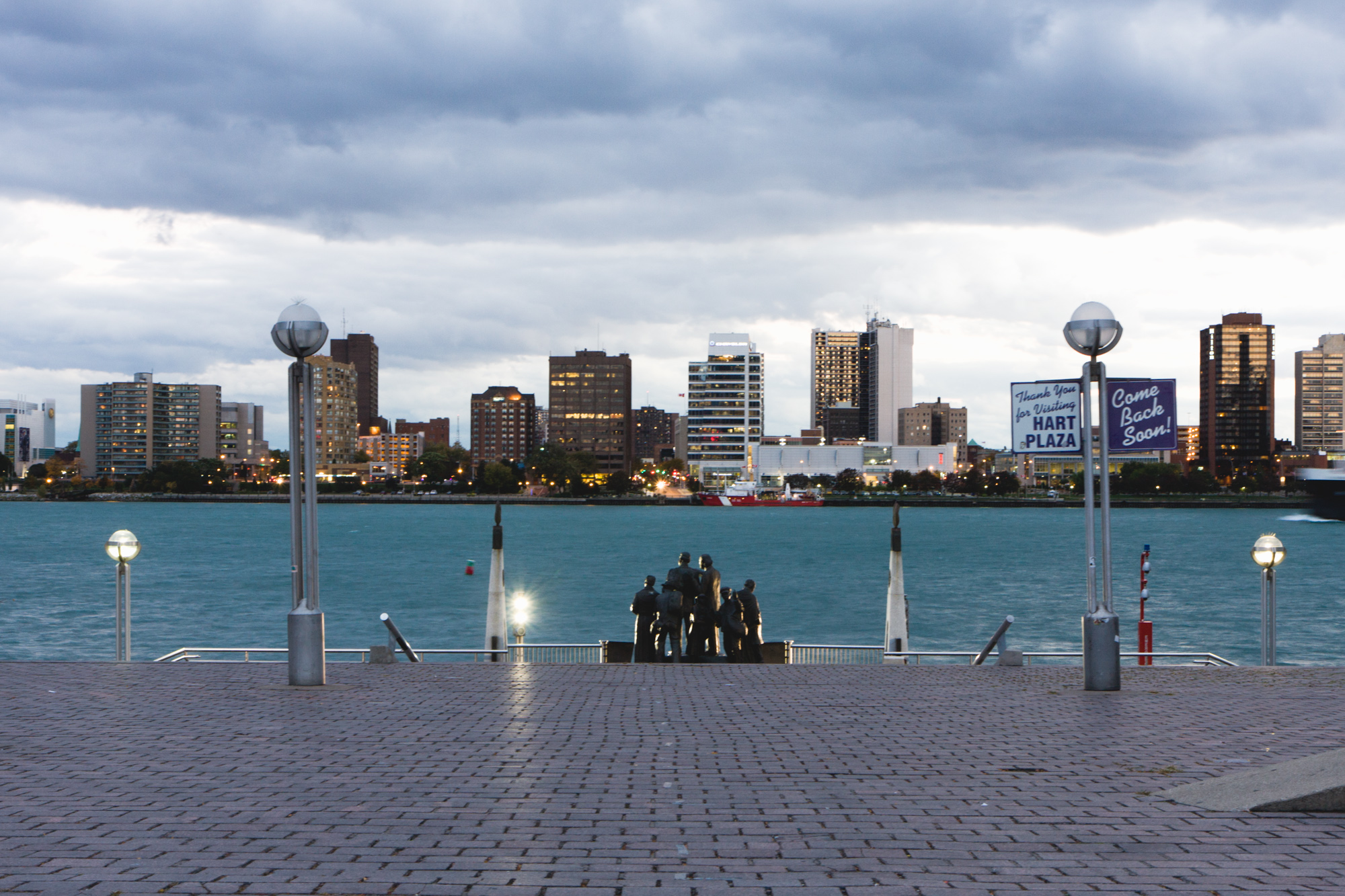Detroit’s Evolving Riverfront
How is Detroit’s Riverfront Conservancy changing the scene?

Executive Director of Detroit Riverfront Conservancy Mark Wallace speaks with Stephen Henderson about the group’s efforts to revitalize Detroit’s international riverfront. Since 2003 the Detroit Riverfront Conservancy has been invested in improving and revitalizing the riverfront and turning it into a public space for residents and visitors alike. Wallace says the public’s evolving sense of public commons has helped to reshape and reform the space and the variety of private and philanthropic donations are really making a difference. Check out some of the the Detroit Riverfront Conservancy’s work below:
- Programs and People: One thing Wallace says is very important and successful is the riverfront programming. He encourages everyone to check out Detroitriverfront.org and take part in the variety of programs and activities many of which are offered for free. There are several physical attractions like the Detroit Schooner as well as activities like Tai Chi and Yoga that are offered to visitors at no cost.
- Community Engagement: Several of their projects have been funded by private donations or philanthropic endeavors, but Wallace takes pride in the fact that the Detroit Riverfront Conservancy is committed to developing the public space along with the surrounding community. He says that before putting any shovels in the ground, they started the process by holding over one hundred community meetings where they took planning and development advice directly from Detroit’s residents.
- Public or Private: Some callers questioned the closings and blocked-out areas along the west riverfront park. Wallace explains that unlike some of the other spaces opened recently the west riverfront does attract many paid and private events, but the park is meant for everyone. He says while at times it will be closed for events like Mo Pop or the Hoe Down the park is still a public space and at all other times there should always be a way to get in. He recommends the Rosa Parks entrance and says there are always paths for runners and bikers as well as spots for fisherman that are often open even during events.
- Boulevard to Boulevard: Wallace says revitalizing the area is also about incorporating the beauty of the neighborhoods and their history into the space. He also discusses some of the graffiti and street murals uncovered around the Dequindre Cut. While one caller felt that the restoration projects were erasing historic street art, Wallace notes that they’re trying to make family friendly spaces and sometimes the graffiti doesn’t make that easy.
Click on the audio link above to hear their full conversation.
